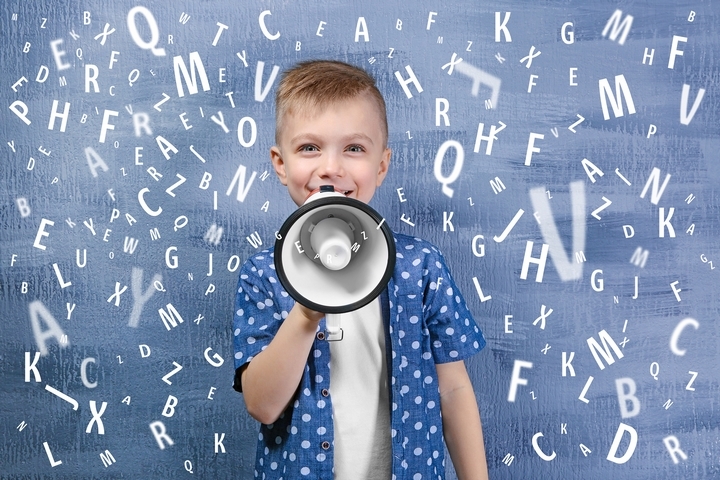The most common learning disabilities are neurologically based processing problems which might interfere with learning basic skills. These processing problems can also interfere with higher level sills.
It’s important to understand that learning disabilities affect people in more ways than just at school; family life and work life can also be severely impacted. The signs and symptoms of learning disabilities are often diagnosed during the school years when a person has trouble with math, reading, or writing. Some people, however, are not diagnosed until they are adults. Still others never receive a diagnosis and never understand why they have such difficulties.
Most learning disabilities are not the same as learning problems, which are usually the result of motor, hearing or visual handicaps; emotional disturbances; intellectual disabilities; or disadvantages due to culture, environment, or economy. Usually, people with learning disabilities are of average or above-average intelligence. While they might look like any ordinary person, they may not be able to perform at the skill level you might expect.
Learning disabilities cannot be fixed or cured, but with the right kind of support, people with learning disability can be successful in relationships, at work, in school, and in the community. This list contains the most common learning disabilities and related disorders:
1. Auditory Processing Disorder (APD)

Also called Central Auditory Processing Disorder, auditory processing disorder affects how the sound that travels through the ear is processed or interpreted by the person’s brain. People with APD are unable to recognize slight differences between the sounds in words, and can also find that it is hard to tell where sounds are coming from, block out competing background sounds, and make sense of the order of sounds they hear.
2. Language Processing Disorder (LPD)

Language Processing Disorder is a specific type of Auditory Processing Disorder’; a person with LPD has trouble attaching meaning to sound groups that form words, stories, and sentences. APD affects how all sounds coming in are interpreted by the brain, while LPD only affects the processing of language. It can impact how a person expresses or interprets language, thus causing issues at school, home, work, and among friends and peers.
3. Dyslexia

One of the most common learning disabilities, dyslexia is a very specific learning disability that affects only reading and associated language-based processing skills. The level of severity differs among individuals but can impact spelling, recall, reading fluency, reading comprehension, decoding, ad writing. It often appears among other learning disorders. It’s sometimes called a Language-Based Learning Disability.
4. Dysgraphia

Dysgraphia affects a person’s ability to perform handwriting and other fine motor skills. People with dysgraphia might have problems with inconsistent spacing, difficulty composing writing, poor spelling, illegible handwriting, poor spatial planning on paper, and thinking and writing at the same time.
5. Dyscalculia

A person with dyscalculia has an inability to properly learn math facts and understand numbers. People with this learning disability might also have difficulty telling time, struggle with organizing and memorizing numbers, have troubles with counting, and have poor comprehension of different math symbols.
6. Visual Perceptual/Visual Motor Deficit

Visual Perceptual/Visual Motor Deficit affects how a person sees as well as how they are able to copy or draw. The signs can be as subtle as a difference in printed letters or shapes, struggle with using scissors, poor eye/hand coordination and holding a pencil too tightly. People with Dysgraphia or Non-Verbal Learning Disability often have Visual Perceptual/Visual Motor Deficit issues.
7. Non-Verbal Learning Disabilities

Someone with non-verbal learning disability usually have higher verbal skills but weaker social, visual-spatial, and motor skills. A person with NLFD or NVLD has trouble interpreting body language or facial expressions, and might also have poor coordination.
8. Dyspraxia

Dyspraxia affects a person’s muscle control, which can cause problems with speech and language, coordination and movement, and can also impact learning. Although dyspraxia isn’t a learning disability, it often co-exists with ADHD, dyslexia, or dyscalculia.
9. ADHD

Attention Deficit Hyperactivity Disorder usually becomes apparent in young children, usually in pre-school or the early years. Kids with ADHD find it hard to control their behaviour, stay focused, or pay attention. While not considered a learning disability, ADHD research has shown that between 30 and 50 percent of kids with ADHD also have a specific learning disability. That, combined with ADHD, can make for a very difficult recipe to make learning extremely challenging.
10. Executive Functioning

Executive functioning problems are not a learning disability but do impact a person’s day-to-day life. This happens when there is an inefficiency in the cognitive management systems of a person’s brain. It affects a wide variety of processes like strategizing, planning, paying attention to details, organization, remembering details, and managing time and space. Problems with executive functioning are almost always present among people who have ADHD or specific learning disabilities.

